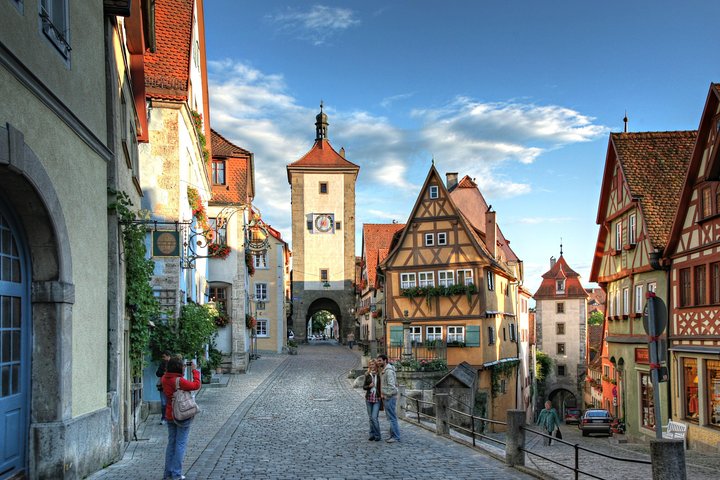
Bamberg, Bavaria, is a hidden gem that offers a unique blend of history, culture, and culinary delights. This charming town, with its well-preserved medieval architecture, is a UNESCO World Heritage Site that promises an unforgettable experience for every traveler. One of the best ways to immerse yourself in the rich history of Bamberg is by taking a guided walking tour, where you can explore the city’s historical landmarks with a professional guide. For those who prefer a more in-depth cultural experience, the UNESCO day tour provides a comprehensive look at Bamberg’s heritage.
Food enthusiasts will be delighted by the culinary walk, which offers a taste of Bamberg’s brewing tradition and local cuisine. This tour is perfect for anyone looking to indulge in the region’s unique flavors. If you’re looking for a fun and interactive way to discover the city, the scavenger hunt is an excellent choice. This self-guided activity allows you to explore Bamberg at your own pace while solving puzzles and learning about the city’s history.
For those who want to capture their memories in a special way, the custom photoshoot offers a customizable experience in this picturesque town. Whether you’re a history buff, a foodie, or simply looking for a unique adventure, Bamberg has something to offer everyone.
Bamberg, Bavaria, is a hidden gem that offers a unique blend of history, culture, and culinary delights. This charming town, with its well-preserved medieval architecture, is a UNESCO World Heritage Site that promises an unforgettable experience for every traveler. One of the best ways to immerse yourself in the rich history of Bamberg is by taking a guided walking tour, where you can explore the city’s historical landmarks with a professional guide. For those who prefer a more in-depth cultural experience, the UNESCO day tour provides a comprehensive look at Bamberg’s heritage.
Food enthusiasts will be delighted by the culinary walk, which offers a taste of Bamberg’s brewing tradition and local cuisine. This tour is perfect for anyone looking to indulge in the region’s unique flavors. If you’re looking for a fun and interactive way to discover the city, the scavenger hunt is an excellent choice. This self-guided activity allows you to explore Bamberg at your own pace while solving puzzles and learning about the city’s history.
For those who want to capture their memories in a special way, the custom photoshoot offers a customizable experience in this picturesque town. Whether you’re a history buff, a foodie, or simply looking for a unique adventure, Bamberg has something to offer everyone.



























